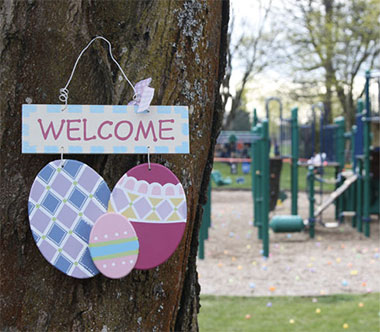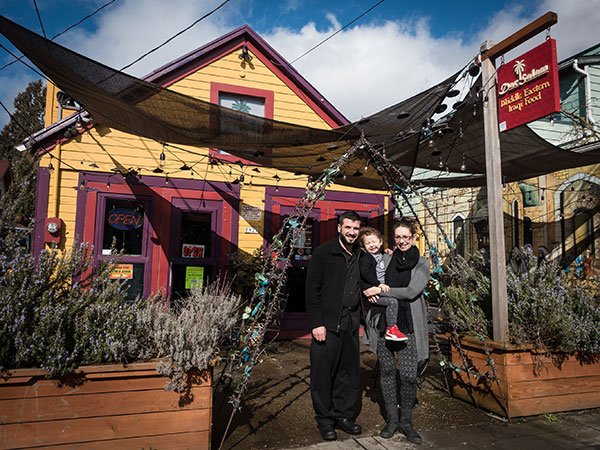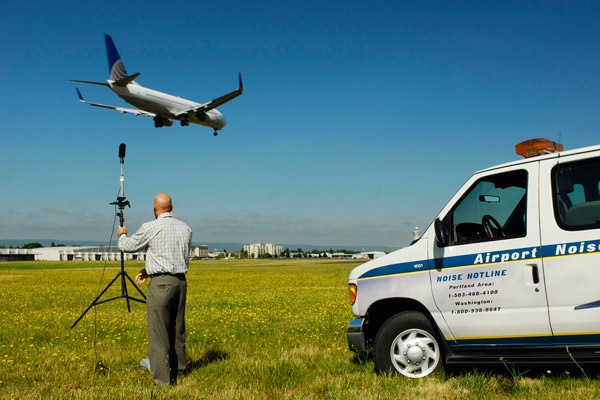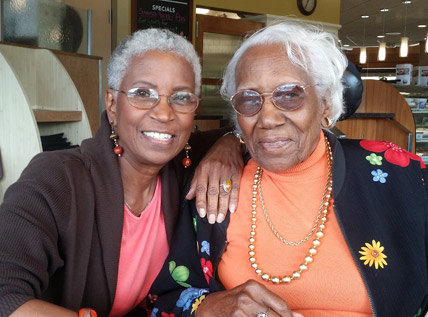
The hunt begins at 10 am SHARP.
Don’t be late – it ends in a flash!
Volunteers needed to:
– stuff 6,000 plastic eggs with candy on Friday, 3 p.m. to 7 p.m. Meet at the American Legion at 2104 NE Alberta St.
– hide 6,000 candy-filled eggs on Saturday, April 15. Meet at Fernhill Park (Playground along NE 37th Avenue) at 8 a.m.
Sponsored by Concordia Neighborhood Association & American Legion Post 134
Contact Katie Ugolini at Social@ConcordiaPDX.org or 503.449.9690.




